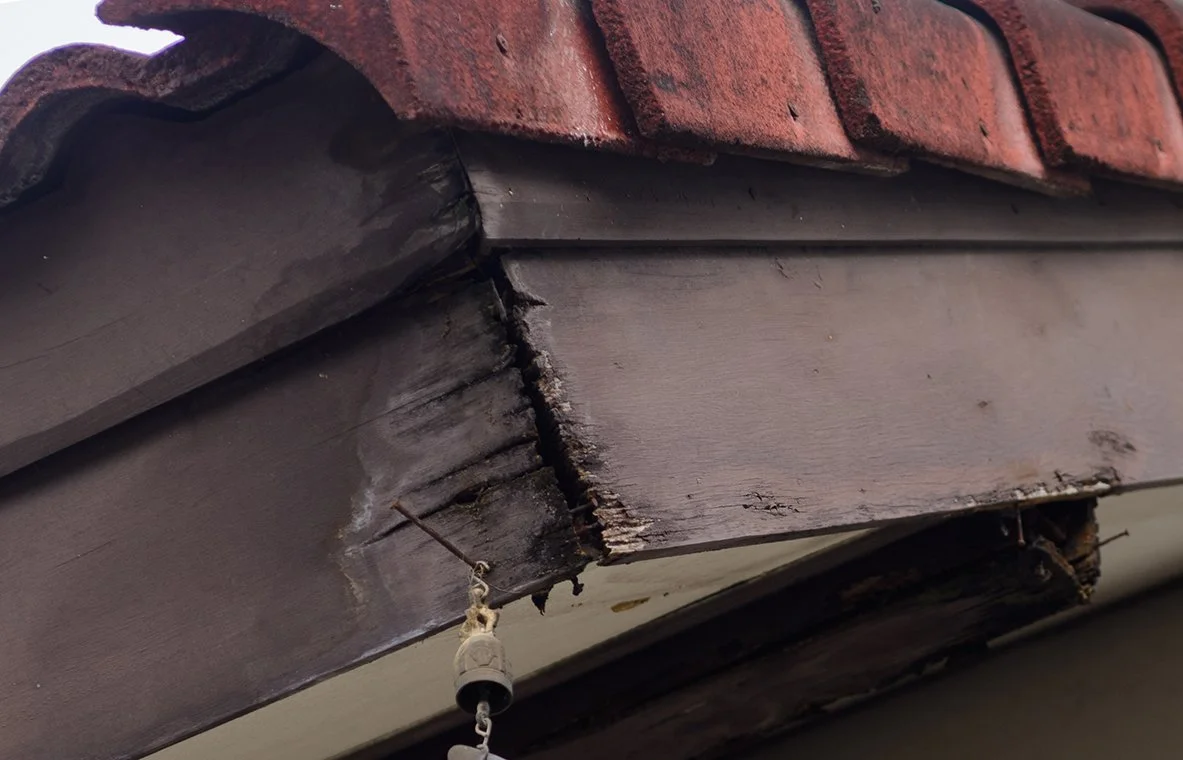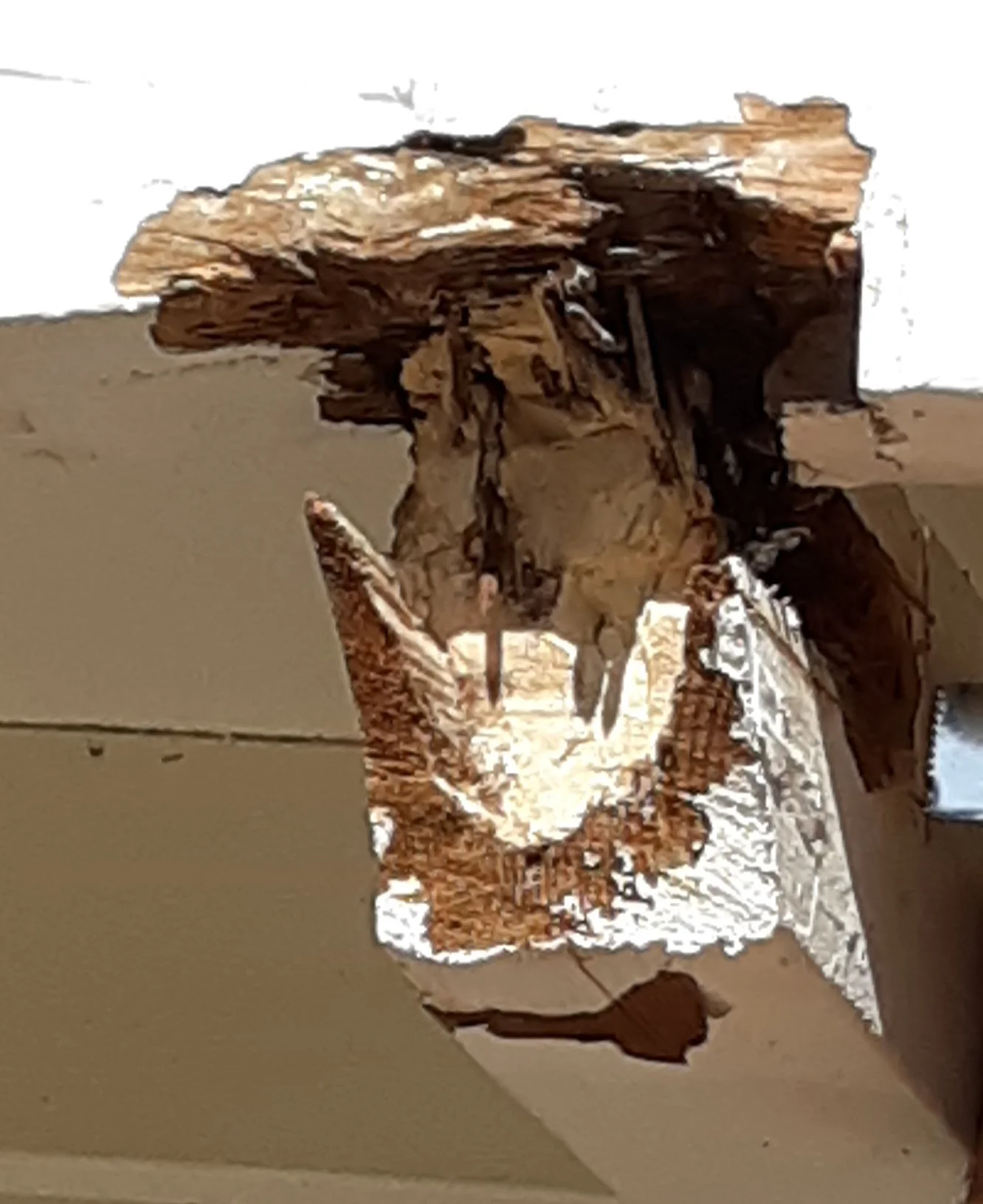Wood Destroying Fungus
In Southern California’s warm, coastal and inland climate, wood-destroying fungus can quietly wreak havoc on homes and structures. Excessive moisture, poor ventilation, lack of paint, and hidden leaks create the perfect conditions for fungal growth that can weaken wood from the inside out, compromising everything from beams and joists to decks and siding.
Common culprits include brown rot, white rot, and dry rot; each capable of causing serious structural damage if left untreated. At [Your Company Name], we specialize in identifying and provide recommendations on preventing fungal infestations using proven techniques and moisture-control strategies along with providing detailed wood repair recommendations.



Wood Destroying Fungus is one of the most destructive issues facing homes in Southern California. Wood-decaying fungus thrive in areas with moisture, poor ventilation, and warm temperatures; making SoCal structures especially vulnerable.
It starts small, often behind walls, under flooring, or in roof eaves, but spreads quickly, breaking down the structural integrity of wood and leading to costly repairs if not caught early. Common signs include cracked or brittle wood or mushroom-like growth.
At X Pest Defense, we specialize in fungus rot detection, with expert solutions that address the source of moisture and recommended repairs. Whether you're a homeowner, property manager or real estate professional, we’re here to help protect your property from this silent threat.
Fungus Rot in Southern California: Small Fungus, Big Damage
Stop Wood-Destroying Fungus at the Source
Wood-destroying fungus like: dry rot, brown rot, and white rot; don’t just attack wood; it thrives in moisture-rich environments. That’s why the most effective long-term solution isn’t just treating the fungus; it’s fixing the underlying moisture problem.
At X Pest Defense, we focus on root-cause. We identify and recommend corrective measures on the sources of excess moisture from leaky pipes, poor ventilation, and drainage issues. Simply patching or treating affected areas isn’t enough. If moisture remains, the fungus will return.
By combining moisture mitigation along with professional wood removal and replacement, you can be assured your structure is protected from future fungal growth .


